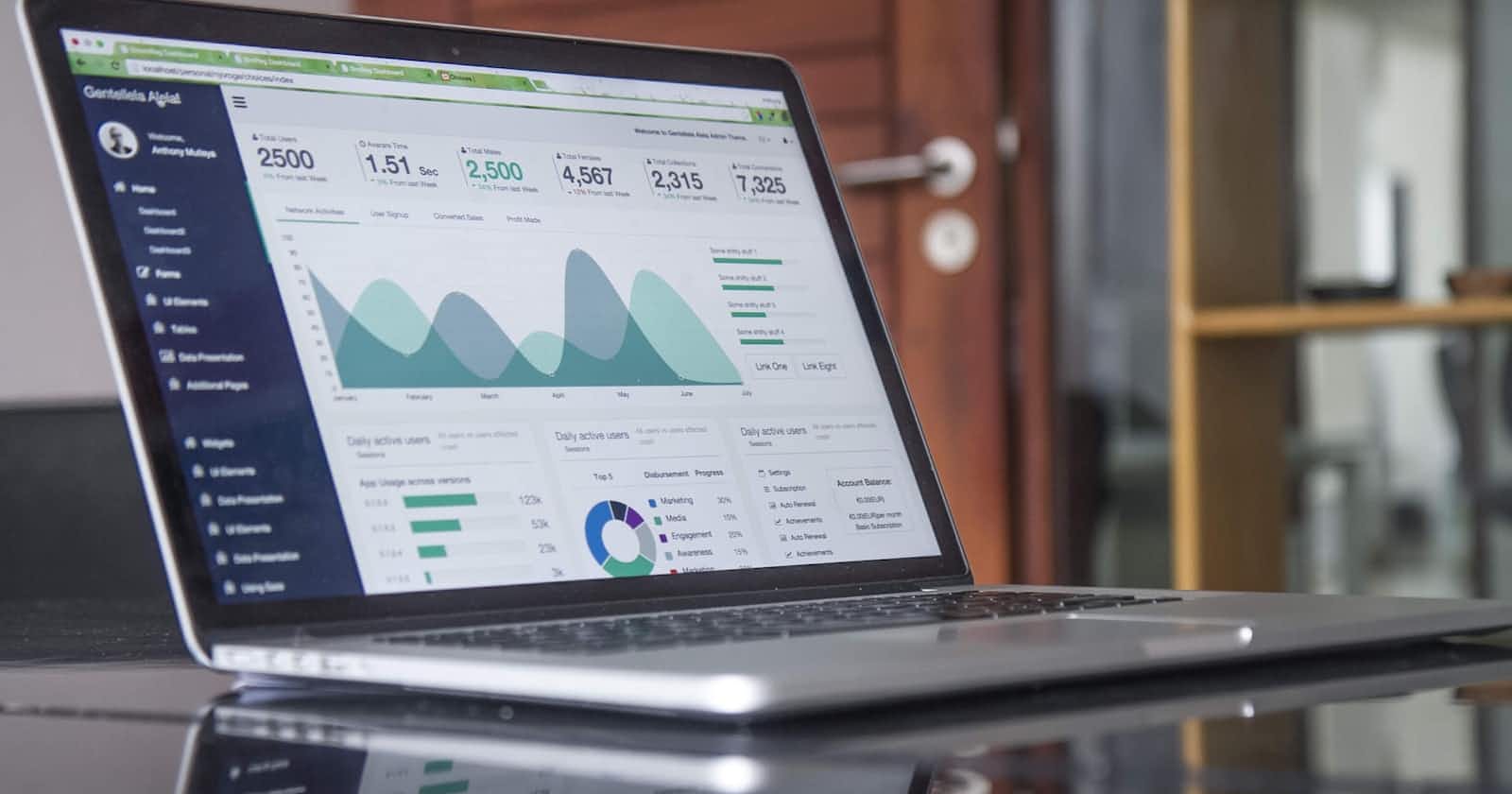
Photo by Carlos Muza on Unsplash
Post-Process Analysis in Skill Development
Elevate the Effectiveness of Skill Development Through Insightful Analysis and Informed Adjustments.
Introduction to Post-Process Analysis:
Conducting a post-process analysis is a critical and concluding aspect of your personal skill development journey. This phase requires reflecting on your journey, gathering feedback from your inner self, and making note of the lessons learned. It helps in refining your approach and ensures that your future skill development endeavors are even more efficient and targeted.
The process is not merely about looking at what was achieved but delving into how each step of the process contributed to that achievement. Did you find some steps more useful than others? Were you able to effectively address the Dunning-Kruger effect and Impostor Syndrome? Let’s find out.
Revisiting the Steps:
As a reminder, here are the steps from the series:
The Power of SMART Goals
Break Goals into Achievable Steps
Mastering Milestone Evaluations
Keep Progress on Track with Regular Check-Ins
Keeping Development Plans Agile and Effective
Reflection and Tackling Impostor Syndrome
The Power of Positivity: Building Your Feedback Repository
Assessing and Celebrating Success
Reflect on each step in the skill development series. Were there steps you found particularly helpful? Did any steps feel redundant or not applicable to your journey? Did you find any steps challenging? This reflection helps to tailor the process to your unique learning style and goals.
Personalizing and Adapting the Process:
Remember that the steps provided in this series are a guide, and it’s crucial to adapt and tailor them to fit your journey. You might find that additional steps are necessary for your particular situation, or that some steps can be combined or skipped. The key is to make this process your own.
Don’t hesitate to refine or redefine the steps based on your experiences. You may want to add more detailed steps, or maybe integrate other methodologies that you find effective. Continuously iterate on the process as you learn more about what works for you and what doesn’t.
One of the strengths of this process is its flexibility. By personalizing it, you not only make it more effective for your development but also become more invested in and committed to your learning journey. Embrace the concept of growth and continuous improvement, not just in your skills but also in the process itself.
Analyze Dunning-Kruger Effect and Impostor Syndrome:
Evaluate how well the steps assisted you in addressing the Dunning-Kruger effect and Impostor Syndrome. Reflect on whether the insights and strategies shared in the series were effective in mitigating these psychological phenomena.
Reflect on Your Achievements and Challenges:
Take a moment to reflect on the milestones you achieved, the challenges you overcame, and the knowledge you gained throughout your journey. Were you able to achieve your SMART goals? Did you face any unexpected challenges?
Also, analyze how well you tackled the Dunning-Kruger effect and Impostor Syndrome. Did the process help you gain a better understanding of your skills and capabilities? How did you cope with any self-doubt or overconfidence that emerged along the way?
Document Your Reflections and Insights:
Documenting your reflections, insights, and feedback about the process is incredibly valuable. It serves as a repository of knowledge that you can refer back to, and can also guide you in improving your process for future skill development.
Create a personal journal, a digital document, or a video log – choose the medium that you are most comfortable with. This is also a great way to track your evolution and see how much progress you have made over time.
Plan for Continuous Improvement:
Based on your reflections and insights, create a plan for continuous improvement. Determine which aspects of the skill development process can be refined or which new strategies can be implemented.
Set a timeline for reassessing your progress and adjusting your skill development process. Remember that learning and personal development is a lifelong journey. Continuously striving for improvement ensures that you are always growing.
Exercise: Compare Two Skill Development Journeys
As a personal exercise, think about two skills you have tried to develop - one using the process outlined in this series and one without. Compare the two experiences in terms of ease, effectiveness, challenges faced, and success achieved.
For example, if you worked on improving your public speaking skills using the process and learned a new language without it, compare how the structured approach impacted your journey in each case.
Conclusion:
Having come this far in your skill development journey, it’s vital to recognize the importance of post-process analysis as a step toward ongoing growth. Your journey doesn’t end here; it’s a continuous path of learning and adaptation.
Consider the steps provided in this series as a foundation upon which you can build your personalized skill development process. Encourage yourself to remain committed, adaptable, and ever-evolving. Here’s to your success in all your future endeavors!

